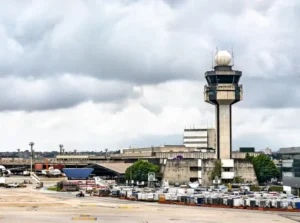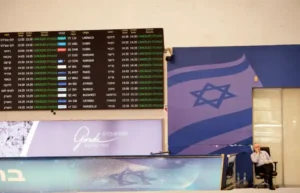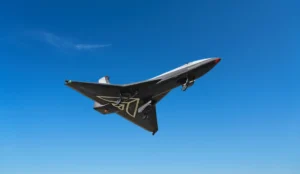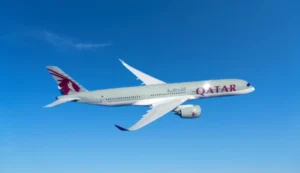Hypersonic Jet Set for Test Flight in 2025: A New Era of Speed Awaits
Venus Aerospace unveils a hypersonic engine capable of reaching speeds of 3,600 mph, with test flights scheduled for 2025, marking a significant leap toward the revival of supersonic travel.

Photo Source: Venus Aerospace
In an exciting development for aviation enthusiasts, startup engineering company Venus Aerospace has revealed its groundbreaking hypersonic engine, which promises to revolutionize air travel. The Venus Detonation Ramjet 2000 lb Thrust Engine, known as ‘VDR2,’ is designed to achieve speeds of Mach 6—six times the speed of sound—equating to an astonishing 3,600 miles per hour.
This cutting-edge technology could allow passengers to travel from London to New York, a distance of 3,400 miles, in just one hour. Venus Aerospace, in collaboration with aerospace company Velontra, is planning a test flight in 2025 aimed at unlocking the high-speed flight economy for both commercial and defense aircraft.
The aircraft will operate at altitudes higher than traditional planes, employing standard jet engines during takeoff before switching to rocket power at cruising altitude. While it won’t breach the edge of space, the jet will soar high enough to provide a view of the Earth’s curve and the dark expanse above.
During the unveiling at the Up.Summit, Andrew Duggleby, co-founder of Venus Aerospace, emphasized the significance of this engine in making the hypersonic economy a tangible reality. “We are thrilled to partner with Velontra to achieve this revolution in high-speed flight, leveraging their expertise in high-speed air combustion,” he stated.
Velontra’s Chief Operating Officer, Eric Briggs, echoed this excitement, expressing eagerness to take the first steps toward flying this innovative engine, which has primarily existed in theoretical discussions until now.
Venus Aerospace is not alone in this pursuit; companies such as Sierra Space and Hermeus are also developing hypersonic technology. Additionally, the Chinese firm Space Transportation is reportedly working on a ‘rocket with wings’ aimed at both space tourism and rapid intercity travel.
If successful, these hypersonic jets will represent a stark departure from conventional commercial airliners. Designed to minimize noise pollution, these smaller aircraft will forego windows and reduce sonic booms to a more tolerable sonic thump. However, flight paths may still be directed over oceans to mitigate noise disruptions on land.






